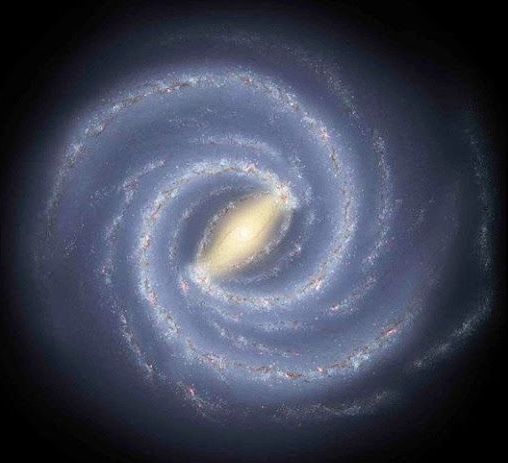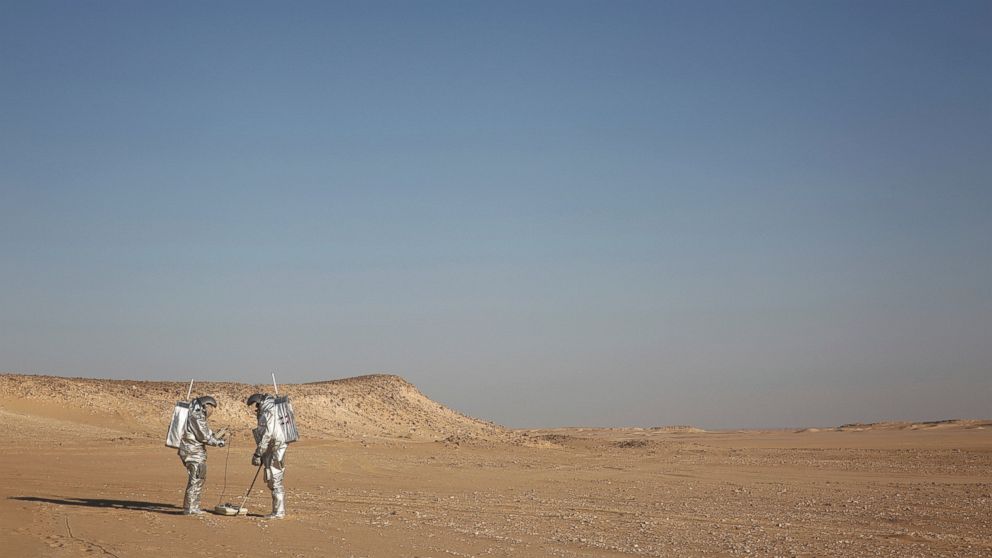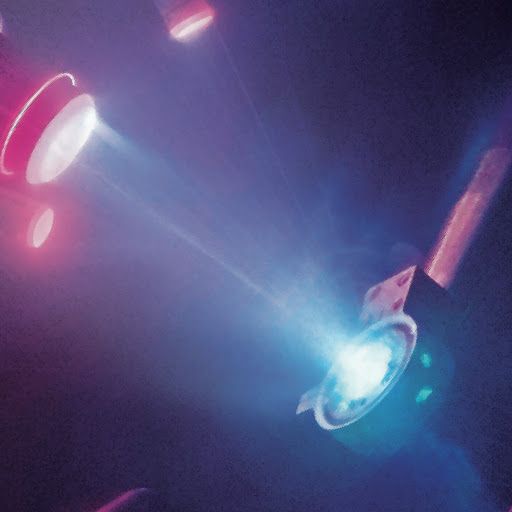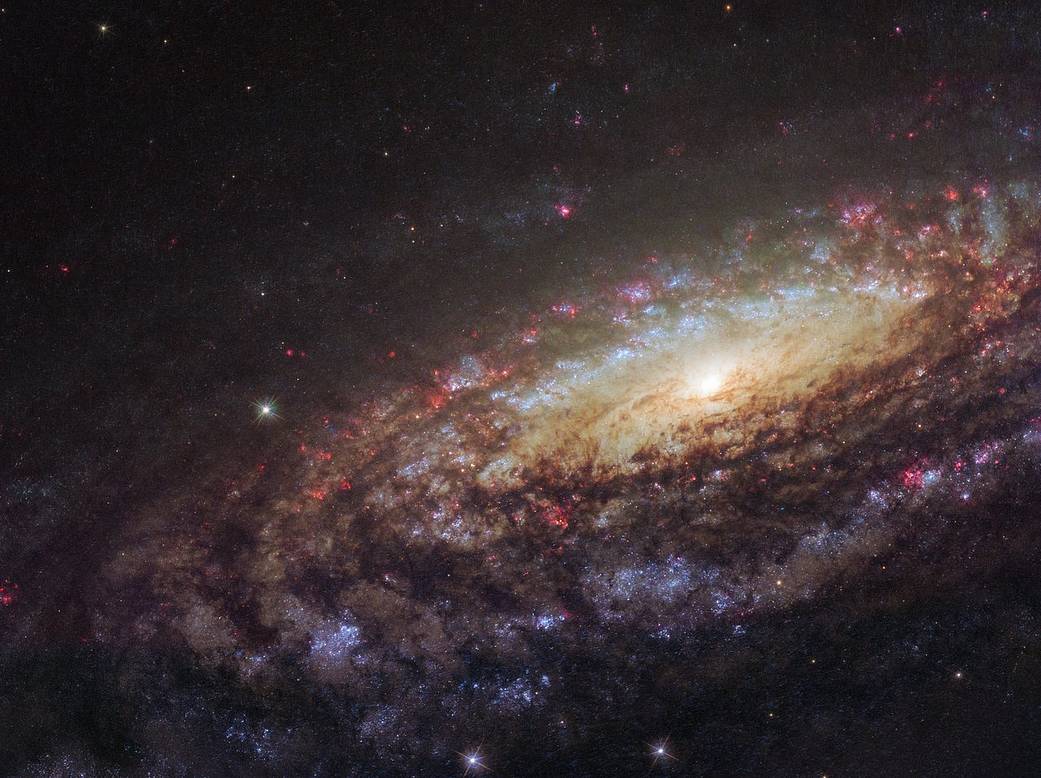Archive for the ‘space’ category: Page 894
Feb 10, 2018
Astrophysicists settle cosmic debate on magnetism of planets and stars
Posted by Genevieve Klien in category: space
The universe is highly magnetic, with everything from stars to planets to galaxies producing their own magnetic fields. Astrophysicists have long puzzled over these surprisingly strong and long-lived fields, with theories and simulations seeking a mechanism that explains their generation.
Feb 9, 2018
3D printable tools to study astronaut health
Posted by Genevieve Klien in categories: 3D printing, biotech/medical, life extension, space
If humans are destined for deep space, they need to understand the space environment changes health, including aging and antibiotic resistance.
A new NASA project could help. It aims to develop technology used to study “omics”—fields of microbiology that are important to human health. Omics includes research into genomes, microbiomes and proteomes.
The Omics in Space project is being led by NASA’s Jet Propulsion Laboratory in Pasadena, California. The project was recently funded by NASA’s Translational Research Institute for Space Health four years of study. Over that time, NASA hopes to develop 3D printable designs for instruments on the International Space Station (ISS), that can handle liquids like blood samples without spilling in microgravity. These tools could enable astronauts to analyze biological samples without sending them back to Earth.
Feb 8, 2018
Buzz Aldrin wants you to buy this $150 solar backpack
Posted by Genevieve Klien in category: space
Feb 8, 2018
Mars on Earth: Simulation tests in remote desert of Oman
Posted by Genevieve Klien in categories: space, transportation
Really wish we were already interplanetary travelers.
Two scientists in spacesuits, stark white against the auburn terrain of desolate plains and dunes, test a geo-radar built to map Mars by dragging the flat box across the rocky sand.
When the geo-radar stops working, the two walk back to their all-terrain vehicles and radio colleagues at their nearby base camp for guidance. They can’t turn to their mission command, far off in the Alps, because communications from there are delayed 10 minutes.
Continue reading “Mars on Earth: Simulation tests in remote desert of Oman” »
Feb 8, 2018
These astronauts held the first ever space badminton tournament
Posted by Genevieve Klien in category: space
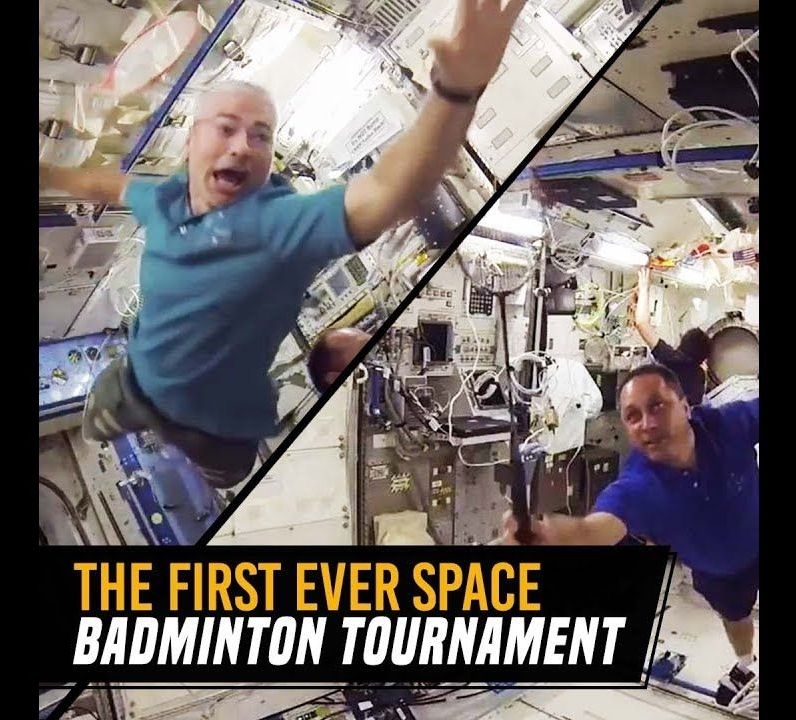
Teamwork!
Russian cosmonauts and US and Japan astronauts held the first ever space badminton tournament at the International Space Station on Tuesday.
Feb 7, 2018
NASA will test a key deep space navigation tool this year
Posted by Genevieve Klien in category: space
JPL’s Deep Space Atomic Clock is finally ready for testing after two decades in the making.
Feb 7, 2018
Elon Musk’s Tesla overshot Mars’ orbit and is headed to the asteroid belt
Posted by Genevieve Klien in categories: Elon Musk, space, sustainability, transportation
Feb 6, 2018
Scientists Observe Incredible New Kind of Ice Thought to Exist in Uranus’ Center
Posted by Genevieve Klien in categories: particle physics, space
Here is an ice cube you do not want to put in your Diet Coke: A solid lattice of oxygen atoms with protons whizzing around inside of it. This ice is not normal on Earth, but might be elsewhere. And scientists have created it in a lab.
Feb 3, 2018
Hubble’s Majestic Spiral in Pegasus | NASA
Posted by Odette Bohr Dienel in categories: science, space
“This NASA/ESA Hubble Space Telescope image shows a spiral galaxy known as NGC 7331. First spotted by the prolific galaxy hunter William Herschel in 1784, NGC 7331 is located about 45 million light-years away in the constellation of Pegasus (the Winged Horse). Facing us partially edge-on, the galaxy showcases its beautiful arms, which swirl like a whirlpool around its bright central region.”
